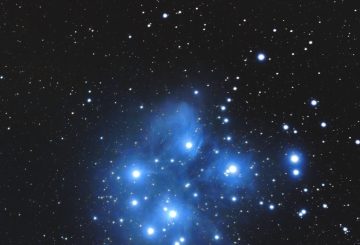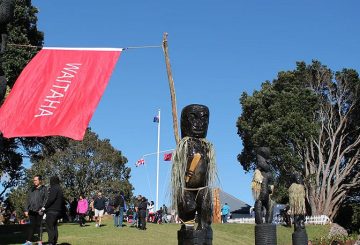Australia and New Zealand, both former British colonies, have very different histories regarding their indigenous populations.
In Auckland, an art gallery showcased the largest collection of Aboriginal and Torres Strait Islander art ever seen in New Zealand. One piece, “If I Was White” by Vernon Ah Kee, showed the challenges faced by indigenous Australians.
Australia is set to vote on the ‘Voice’, a change to the constitution that would recognise Aboriginal and Torres Strait Islander people as the country’s first inhabitants and give them a platform in politics. But polls suggest it might fail. This surprises many in New Zealand where the indigenous Māori people have rights protected by the 1840 Treaty of Waitangi, even if the treaty was not honoured fully until the 1970s.
The two countries have key differences:
- Population: Australia has 26 million people with Indigenous Australians making up 3.5%. New Zealand has 5 million people, with Māori making up 16.5%.
- Culture: Māori culture and language are well understood in New Zealand. Australia has over 150 distinct indigenous languages, most of which are at risk of extinction.
- Government: Australia is a federation with state responsibilities. New Zealand’s national government holds most powers.
From 1867, Māori people in New Zealand had special seats in parliament. In Australia, the British Crown did not negotiate with indigenous people or recognise them as sovereign. This difference began when the colonies were established.
While New Zealand has worked since the 1970s on repairing the wrongs from colonial days using the Treaty of Waitangi, Australia is only now discussing a structure for indigenous representation.
Many Australians don’t know the full history of their country’s treatment of its indigenous people. This includes forced removal of children and policies that have caused present-day disadvantages. New Zealand’s history with the Māori is seen as more open.
In summary, while both countries have similarities, they’ve taken different paths regarding their indigenous populations. This reflects in their present-day politics and societal attitudes.





























































